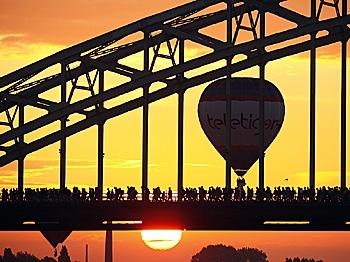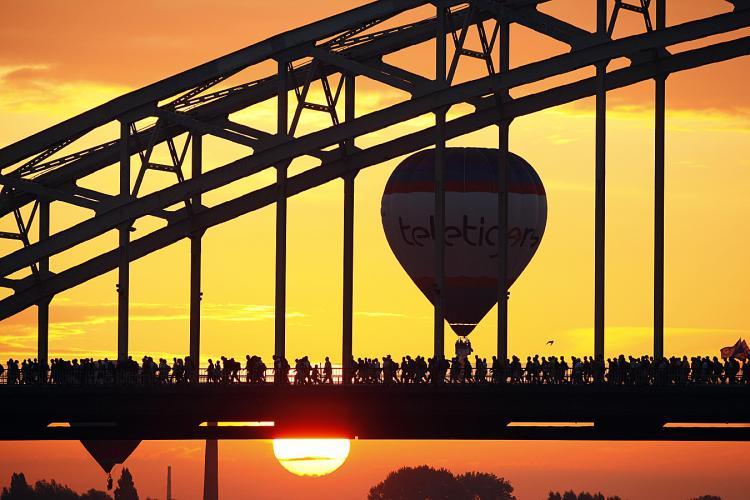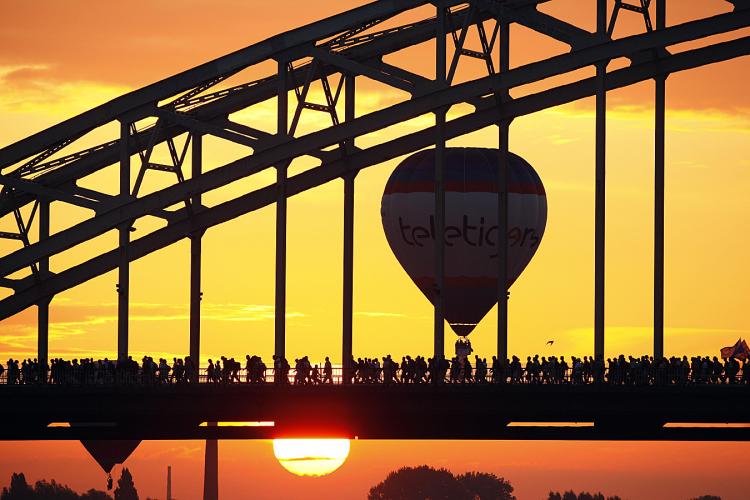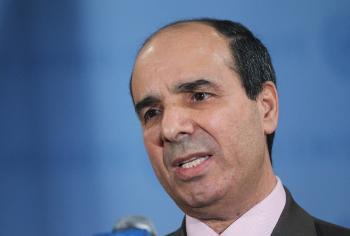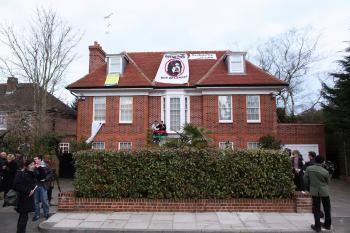It started exactly one hundred years ago. In 1906, soldiers based in Breda organized a sports initiative for children, attempting to improve their conditions through play and sports after school. At that time, schools and the military were the basis for physical education. In 1909 almost 300 soldiers marched in four days 150 kilometer to the sports event in Breda. This march on its own turned into a huge event 100 years later.
The participants can choose either 30, 40 or 50 kilometers a day, starting and finishing each day in Nijmegen. Many people see it as a test of their fitness and physical condition. On the second day, historically the hardest with 1,784 dropouts, the wait time at the first-aid tent became one and a half hours. Medical workers tended to the blisters of over 500 pairs of sore feet.
The participants are diverse—children and grandparents, groups of friends, walking groups, musicians, the strongest man in Holland, and soldiers. All enjoy the positive atmosphere. People along the way not only cheer the participants, but also like to take care of their needs and talk with them.
As one participant, Gaby Limberg, writes on her blog “...it is again super sociable. That is very pleasant when the walking is not so smooth.”
With acrobats, music, movie displays, and gymnastics demonstrations, there is also a lot of entertainment. The walking event has been accompanied by four days of festivities since 1969, and grown to a week full of entertainment in Nijmegen. It has become the biggest, freely accessible multiple day event in Holland, attracting more than a million spectators each year.
Most of the participants have walked before, also making it a fest of recognition. Soldiers account for 12.5 percent of the total, and 3,500 are from foreign countries.
